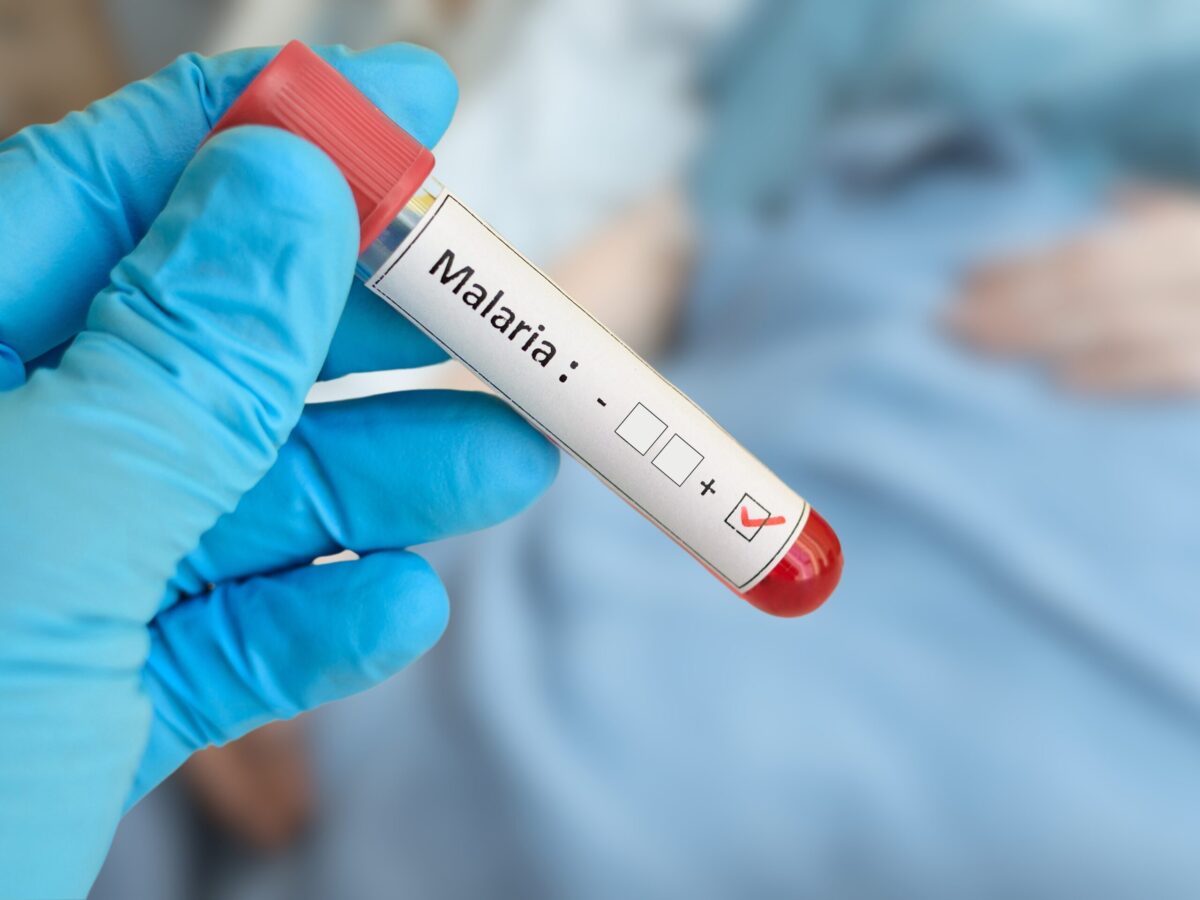University of Sydney researchers have identified three biomarkers in mice which may be important indicators of prediabetes. Insulin resistance is a hallmark of the early stages of diabetes, and is also associated with a group of medical conditions known as metabolic syndrome, which includes excess abdominal fat, elevated blood pressure and high blood glucose levels.
If the results of the study can be confirmed in human patients, the molecular biomarkers could eventually help in the early detection of prediabetes. By identifying the condition before it develops into diabetes, doctors will have the chance to offer early interventions to patients.
Using machine learning and metabolomics technologies, the researchers sought to characterize the mice based on their genetic makeup, their diet and their baseline insulin sensitivity. According to the researchers – who published their findings in the Journal of Biological Chemistry – the challenge to identify biomarkers for prediabetes is complicated by the condition’s multifactorial origins.
“Our study identified a three-molecule signature that was able to diagnose insulin resistance or prediabetes, a condition that is often associated with diabetes, obesity and high blood pressure,” said first author Dr. Jacqueline Stöckli, a research fellow with the University of Sydney’s Charles Perkins Centre and School of Life and Environmental Sciences. “But we know the story is much more complicated; strikingly, each of the three molecules on their own was considerably less predictive of prediabetes than when combined.”
While Stöckli and her colleagues originally identified 134 metabolites that varied between mice with different metabolic signatures, they eventually found that C22:1-CoA, C2-carnitine and C16-ceramide were the best predictors of insulin resistance. The team points out that the three metabolites have unrelated functions, allowing them to accurately predict whole body insulin resistance.
“The next step is to further exploit these technologies to uncover the full suite of pathways and factors that contribute to prediabetes – which will include genetic, environmental and possibly epigenetic influences – at a population level,” said Stöckli.
The study is just another example of how the focus of disease research has shifted from generalized strategies to more personalized treatments. Since the causes behind diabetes and other metabolic diseases is not uniform among all patients, precision medicine initiatives like this one could pave the way for tailored therapies and interventions in the future.
“Once we can identify the molecules and other factors that contribute to pre-diabetes, we can customise treatments to suit patients’ specific make up and needs,” said senior author Professor David James, Leonard P. Ullmann Chair of Metabolic Systems Biology at the Charles Perkins Centre. “This study demonstrates the power of combining technologies to solve some of the world’s biggest problems.”












Join or login to leave a comment
JOIN LOGIN